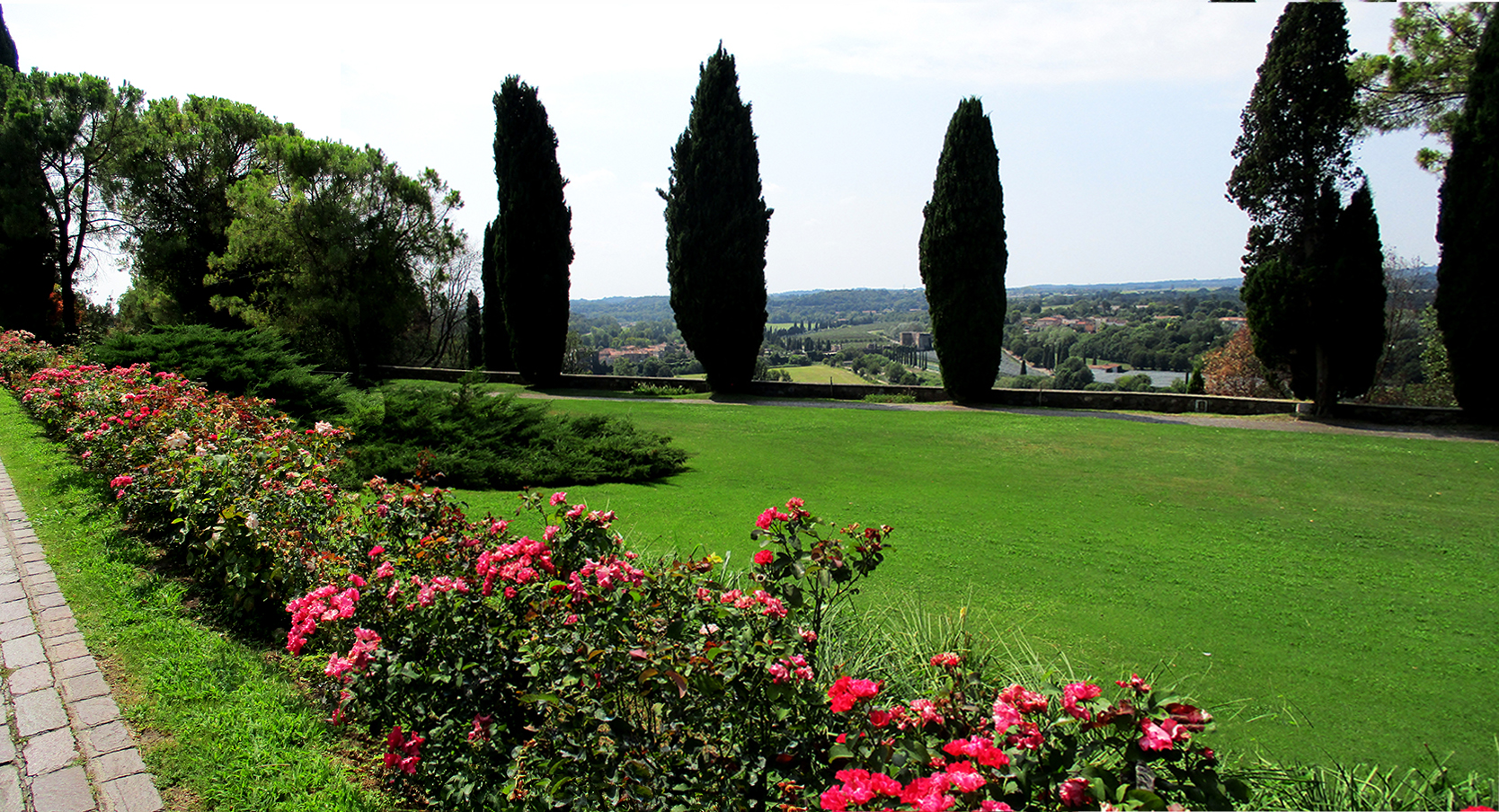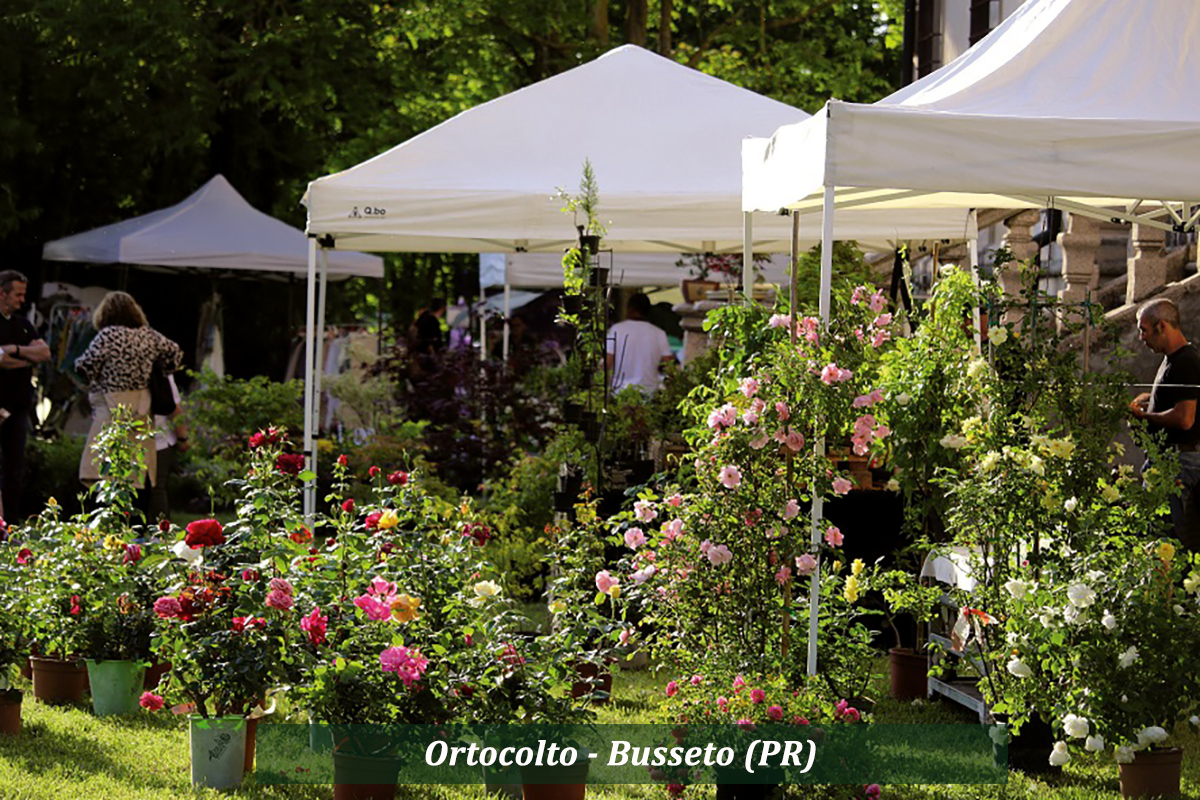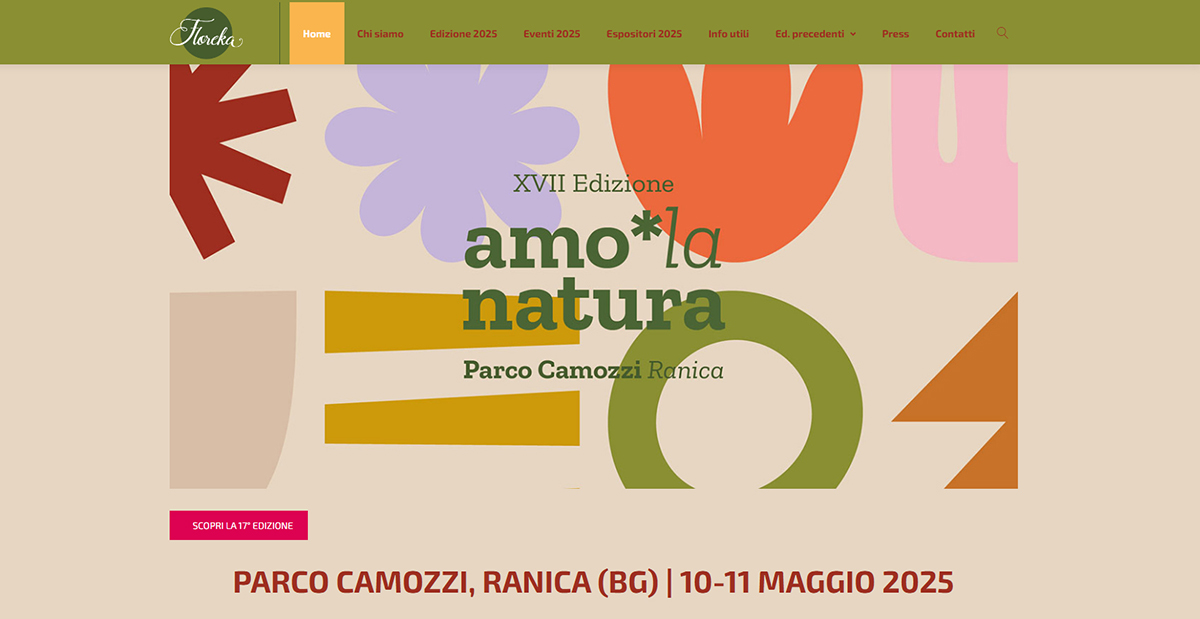Origanum vulgare, known as oregano, is a perennial plant of the Lamiaceae family, native to the Mediterranean basin. It reaches a height of about 80 cm and has opposite, oval-lanceolate leaves, with slightly serrated edges. The hermaphroditic flowers are white-pink in color and bloom from July to early autumn. The apical cuttings can be produced all year round. Among its many uses is also that of naturally keeping ants away. With the discovery of Africa and the export of oregano, the Italian one lost its fame because it is tastier when transplanted. It regained its scepter with the creation of pizza.
IDENTIFICATION
Scientific name:
Origanum vulgare o officinalis
Italian common name:
Origano
Family:
Lamiaceae
Origin:
The species of this genus (about 40 – 50) originate above all in the Mediterranean basin (but some species are also present in Asia) and prefer temperate-warm habitats. Approximately 60% of the types grow in Anatolia, this could indicate that geographical area as the center of origin of the species of Origanum.
Enviorment:
It prefers warm temperate climates, however it also adapts to cold temperate ones, enduring temperatures even a few degrees below zero.
Evergreen or deciduous:
deciduous
Toxicity:
the consumption of oregano is not recommended for those who are allergic to the plant and for those who suffer from intolerance to silicilates, gastritis and peptic ulcers.
PLANT RECOGNITION
Height:
80 cm
Width (extension):
70 cm
Habit:
globular
Leaf:
The leaves are opposite, oval-lanceolate, hairy, with slightly serrated margins, but smooth and green in appearance.
Flower:
The small, hermaphrodite flowers are pinkish-white with red bracts collected in erect spikes located at the apex of the stems.
Flowering:
from July until the beginning of autumn.
Fruit:
Ovoid glabrous and smooth brown.
Stem:
The stem is erect, branched and covered with a thick hair.
Property:
Effective antiparasitic action especially towards intestinal agents. From a nutritional point of view, it contains salts such as calcium, potassium, sodium, phosphorus, iron, magnesium, then vitamins of group A, B, C, D, E and K.
Perfume:
intense and characteristic
NEEDS
Maintenance:
Simple
Light Exposure:
Sun, the tastiest is near the sea.
Soil type:
intermediate rocks (siliceous limestones and similar)
Soil acidity:
medium
Italian climatic area:
Of the three species present in Italy, two are found in the Alps (Origanum majorana and Origanum vulgare)
Need for water:
medium, drought tolerant. Mediterranean plant that tolerates stagnant water very badly.
Propagation:
In our environment: sowing in pots should be done in autumn or spring after 10°. the apical cuttings can be produced all year round: In an unheated greenhouse in the autumn/winter period, In the open field in the spring/summer period. The cuttings must be taken considering the presence of an internode (to ensure rooting).
Pruning:
only eliminate dry or damaged parts.
Diseases:
It is not particularly sensitive to parasite attack, but can be attacked by aphids.
PARTICULARITY
The meaning of the name could derive from oros (mountain) and ganao (pleasure), therefore the “pleasure of the mountain”.
With the discovery of Africa and the export of oregano, the Italian one lost its fame because the transplanted one is tastier. He took the scepter back with the creation of pizza.
Annotations
It favors the secretion of gastric juices and is digestive, so it is used as a decoction and infusion. It is also antispasmodic, antiseptic, vermifuge, sedative, analgesic and expectorant. Among the many uses there is also that of naturally removing ants. Just sprinkle the areas infested with these insects to get rid of them. Effective remedy for sore throat. Practice gargles based on water and oregano, boiled for a few minutes and then filtered. In case of a cold, you can make inhalations with oregano essential oil, or prepare an infusion and drink it several times a day. In case of a cold, you can make inhalations with oregano essential oil, or prepare an infusion and drink it several times a day. day. Oregano is an emmenagogue, that is, it favors menstruation, for this reason it must be absolutely avoided during pregnancy.
In homeopathic medicine it is used in the form of mother tincture, granules and drops to treat excitement, as well as for respiratory tract infections, coughs and bronchitis. The decoction added to bath water or footbaths has a relaxing and deodorant action.
In the cosmetic field, oregano leaves can be used to restore elasticity and brightness to the skin of the face.
In the kitchen:
Oregano is one of the most used aromatic herbs in Mediterranean cuisine due to its intense and stimulating scent. It is widely used in the kitchen to flavor any food such as vegetables, meats, salads, cheeses, fish, sauces and fillings, and is especially indispensable on pizza. And even sweets. In particular, apples and chocolate are suitable. The cuisines of southern Italy and Sicily make great use of it. So much so that, on indication of the Sicilian Region, it has been officially recognized as a typical Sicilian product and included in the list of traditional Italian agri-food products
The mondo del giardino advice
particularly technical today: greater attention should be paid to the biological activities of the volatile oils of Oregano considering that in many cases they can represent a valid alternative to more than one synthetic substance without posing a risk to the environment. (A.R.S.S.A. Experimental and Demonstration Center of Lamezia Terme)
Now on horseback! Work awaits us! Our new wonderful outdoor space is about to be born!
GOOD WORK and…if you have any questions, write to info@mondodelgiardino.com
Image sources: thanks to Pixabay and many thanks in order of appearance to beauty_of_nature, Gabriela Piwowarska, Helga, Bärbel Recknagel, Alexander Fox, Helga, Jason de los Santos.





















